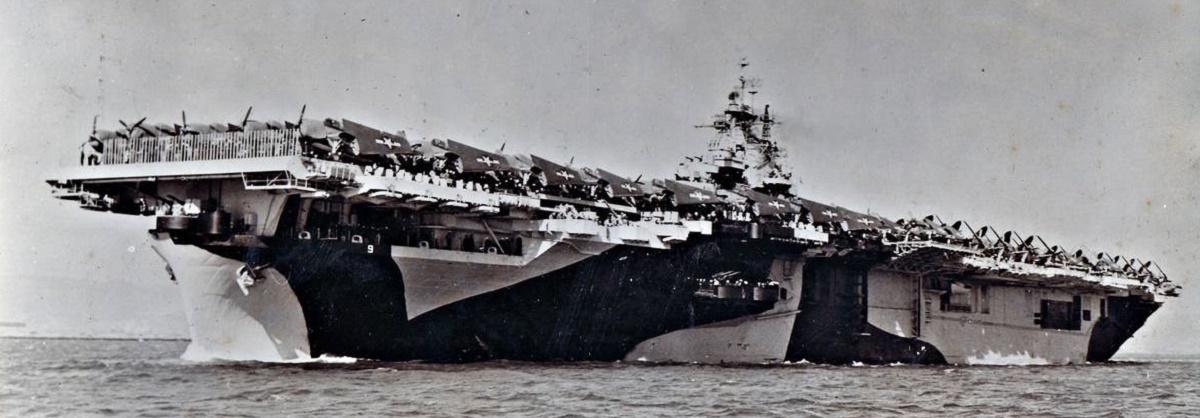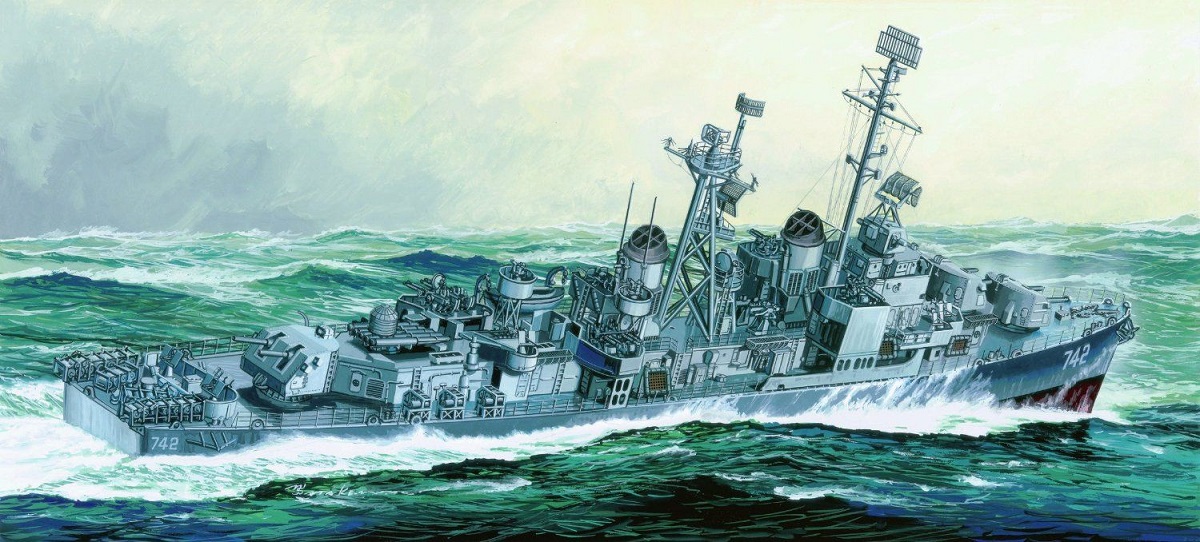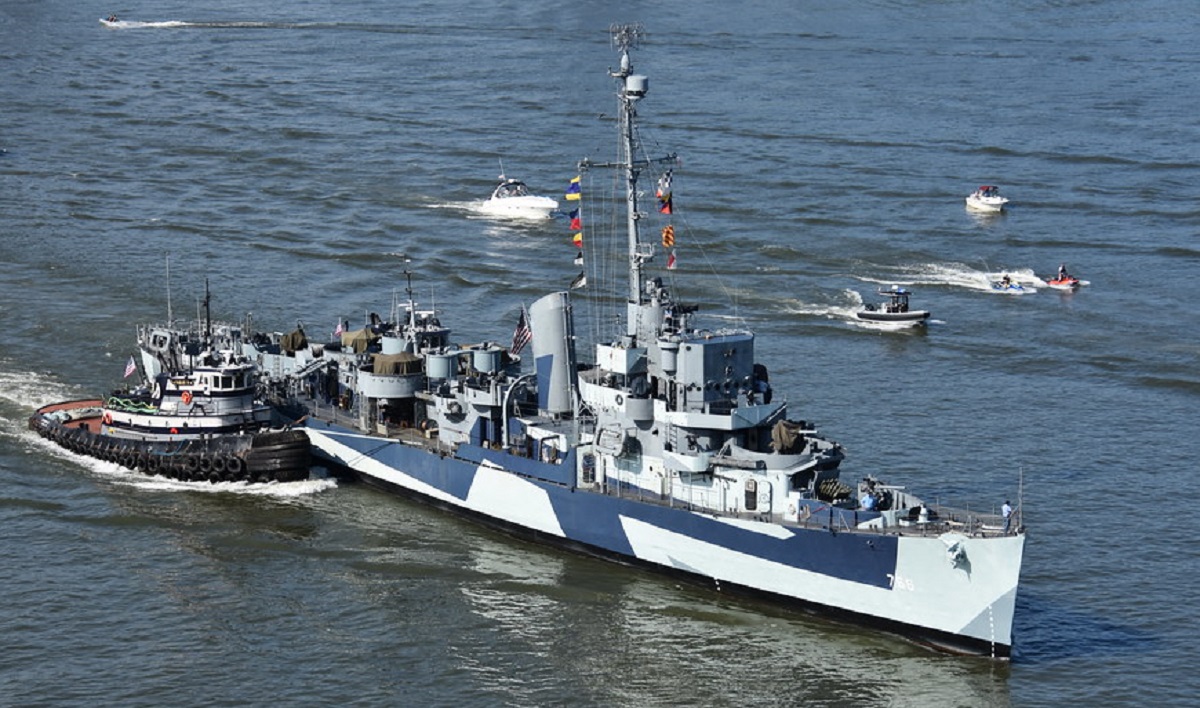UNITED STATES
Back to Index Page:
07/08/2022 - I keep evolving the Alternate US
Navy as I think of different ideas and apply them through the various classes.
Change the aircraft carrier time line and when they can become bigger, altering
the classes and requiring a redraw of the Essex because of my later thoughts.
Then I start drawing up the battleship and scout cruiser time lines and who and
what should populate each class. Because I am only proposing the ships that will
fight for the US Navy in World War Two, I start with the two early armoured and
scout cruiser classes, and while doing those and the New York class battleships,
I decide to completely revamp the US Navy 'Battle' line.
The USS
Memphis remains the same, two converted to carriers, two as Large Cruisers
(CB).
The USS
Hawaii goes from a one ship class to a three ship class as Dreadnought Scout
Cruisers.
The
USS New York remains a two ship class and the oldest battleships kept in
service.
The Nevada class disappears, those two ships become a third Pennsylvania and a
fourth New Mexico.
The Tennessee goes to a class of three while the Colorado upsizes to its original
four ship class.
That balances out the extra two Konishi class ships I give the Japanese.
I am bound to rethink things as I go further
through the drawing process for the last four battleship classes. History
changes every day. The winner writes the History.
The US Navy is a difficult proposition for any Alternate
Universe drawings. Why? Because in a lot of cases the output of the US Navy is
as good or better than the equivalent Navies of the time. So how much can you
alter or change to enhance what is already available. My first try was to split
the United States into two seperate entities of North and South. The North
building solid, well armoured but slow capital ships while the South built
faster battleship, battlecruiser types. To balance things out, the North gained
what had been Canada to become the Commonwealth Union of America. While the
South gained Central America to become the Confederate States of America. That,
I felt, was a good way to end up with two fleets that would be bigger than the
US Navy alone. It also gave me different weaponry that could enhance the ships.
Especially in the AA categories.
The Presidential order fixing the production lines to what was already being
produced, did stifle research and development. No new designs came into
production until late 1943. The big ship categories that were built during the war were the
Essex class, Iowa class, Alaska, Baltimore class, Cleveland Class, Atlanta class. These
coupled with those completed pre-war made up enough to fight a two ocean war.
Once the American production lines started rolling equipment out at never before
seen rates, the pendulum of war swung very much in favour of the Allies. The
Presidential order only lasted two years, but the sheer amount of equipment
produced was still being used in the 1970's (5"/38 ammunition is still available
to those weapons still in use in the minor navies of the world, millions upon
millions of shells were produced).
To put it in to perspective, when Field Marshal Heinz Guderian was asked what
was the best tank of the war? His answer was "the Sherman, there were so many of
them, they just overwhelmed us". That same answer went for all sorts of classes
of weaponry. The German Hipper class were considered one of the best heavy
cruiser classes, but the Baltimore class were easily as good and there were so
many more of them.
So how do you improve the Baltimore class?
Torpedoes? Not likely. Beside USN doctrine that had no torpedoes on cruisers
till the Atlanta class. Barring the Japanese, cruisers with torpedoes hardly
ever got to use them. They were too short ranged and slow to be of use against
modern targets. The British cruisers used them occasionally with mixed results.
HMS Trinidad fired its bank of torpedoes at the Z class destroyer line, only for
one of the torpedoes to freeze its gyro, and the Trinidad torpedoed itself.
While torpedoes were fired from HMS Dorsetshire to finish off the Bismarck
chase.
More speed and armour? Not required. What the Baltimore class had was enough for
the jobs it was built to undertake.
By the time the Baltimore was completed in 1943, the 1.1" Chicago piano AA guns
had been found to be deficient in service and replaced with the 40mm and 20 mm
weapons.
So what is left? Radar? No. The Baltimore had the most up to date systems
available. The only thing I think would enhance the Baltimore class (and other
USN ships) would be to replace the 5"/38cal dual purpose guns. I have had many
arguments with US people over how great the 5"/38cal guns were. The only reason
the guns were any good, is like the Sherman, there were so many of them built.
That does not make them good. The German 4.1" on the Hippers fired further and
higher than the 5"/38. That German tri-axially mounted weapon was excellent
compared to the 5"/38 The British 4.5" fired further and higher, the Japanese 5"
and 100mm fired further and higher, the French...... you get the drift. The USN
replaced the 5"/38 with the 5"/54 designed for use on the next generation of
ships, Midway class, Montana class, then went to a 5"/54 auto loader for the
later ships. But the Midway mount was deemed a failure as the size of the shell
was increased which led to faster crew fatigue. Something that happened a lot
with the larger dual purpose weapons. Me? I would lengthen the barrel to the
5"/54, but keep the same turret and ammunition. Increase the range and height by
having higher velocity from the longer barrels. The 5"/38 barrels could be
replaced with the 5"/54 when the various ships came in for refit. Sounds like an
easy solution that may not work, I do not know enough about the engineering
problems I may just have created. My thought is that barrels wear out regularly
so why not replace them with 54 cal when due.
So on a drawing of the Baltimore all I would be changing would be the 5" gun
barrels by adding 4-5 pixels of length. Duh. I wouldn't even add my name to the
Artist line for that. That would be the same for the Essex, Iowa, Alaska and Cleveland
classes. The Atlanta class I will do a redraw of, as I always thought the US
Navy had tried for too much on too small a ship.
It is the earlier classes of 'Treaty' sized ships that I can do something with.
The cruisers and destroyers built under the Washington Naval Treaty were very
constricted in their construction. In my Alternate world, having the Japanese
not sign the 1930 London Naval Treaty allows the US and others to start building
bigger ships earlier. Which begs the question would the 6" cruisers of the
Brooklyn and Cleveland classes get built at all? Those ships were part of the
general reduction in cruiser size and guns from the LNT that I have just
demolished. I like the Brooklyn class, they are real destroyer killers with that
15x6" broadside.
What I will do is to add some of the ships I have drawn for the US Navy in other
venues. An extra three Louisiana class battleships using up the spare turrets
from the Washington, Lexington, and Saratoga. Plus others as I think of them.
This putting my thoughts to paper has been good. It has helped to crystalise
what I want and intend to do with the Alternate US Navy.
| I am not going to
worry about the ships that were projected to complete post-war. Midway,
Montana, Des Moines, all are outside the scope of what I want to do. The
Essex, Iowa, Alaska, and Baltimore were the major warship classes built during
the war. Some of the Baltimore class were converted to light carriers
(my replacements for the Independence class). |
 |
| Class Name |
Number |
Type |
First date |
Thumbnail |
Aircraft Carriers
The Saipan class replaces the Independence
class as the Cleveland class does not get built to provide the hulls,
the Baltimore class are substituted instead.
The US Navy built a lot more CVE type carriers
than listed but these were transferred to the Royal Navy under Lend
Lease. |
| USS Essex |
24 |
CV |
1942-46 |
.png) |
| USS Saipan
|
14 |
CVL |
1943-46 |
.png) |
| USS Commencement Bay |
25 |
CVE |
1943-44 |
.gif) |
| USS Bogue |
65 |
CVE |
1942-43 |
.png) |
| USS Yorktown |
4 |
CV |
1940-41 |
.png) |
| USS Wasp |
2 |
CV |
1937-38 |
.png) |
| USS Ranger |
1 |
CV |
1934 |
.png) |
| USS Lexington |
2 |
CV |
1927-28 |
.png) |
| USS Langley |
2 |
CVL |
1923 |
.png) |
 |
Battleship, Battlecruisers
While the battleship may have been replaced by
the aircraft carrier as the main ship of force of the navy, the
battleship still had a big part to play in the outcome of the war. The
Pacific Fleets battleships at Pearl Harbour were an irresistible target
for the Japanese, the Japanese should have waited and got the carriers. |
| USS Iowa |
6 |
BB |
1942-94 |
.png) |
| USS Alaska |
6 |
CB |
1943-60 |
.png) |
| USS Louisiana |
3 |
BB |
1941-42 |
.png) |
| USS Washington |
6 |
BB |
40-42 |
.PNG) |
| USS Colorado |
4 |
BB |
1920+ |
.png) |
| USS Tennessee |
3 |
BB |
1918-19 |
.png) |
| USS New Mexico |
4 |
BB |
1917 |
.png) |
| USS Pennsylvania |
3 |
BB |
1916 |
.png) |
| USS New York |
2 |
BB |
1914 |
.png) |
|
USS Hawaii |
3 |
BC |
1917 |
.png) |
| USS Memphis |
2 |
CB |
1909-10 |
.png) |
 |
Light/Heavy/AA/Escort Cruisers
At the end of WW1 the state of cruisers in the
US Navy was dire. Only the three Chester class light cruisers. Ten
armoured cruisers of the Pennsylvania and Tennessee classes (renamed to
release their names for new battleship construction), and that was it.
All of these ships had been deleted from active service by the
start of WW2. Construction during the war had centred on capital ships
and destroyers (four pipers). A crash program of scout cruisers was
instituted to start to rectify this. Classes of the new 'Heavy' cruiser
brand followed after these when the treaty limits came into force. |
| USS Omaha |
22 |
CAS |
1920-25 |
.png) |
| USS Pensacola |
2 |
CA |
1929 |
.png) |
| USS Northampton |
15 |
CA |
1932-36 |
.png) |
| USS Wichita |
12 |
CA |
1938-41 |
.png) |
| USS Baltimore |
40+ |
CA |
1941-45 |
.png) |
| USS Atlanta |
12 |
CLA |
1942-45 |
.png) |
 |
Destroyers / Minelayers
In real life, 50 of the four pipers went to
the UK. Under my AU for the UK this does not need to happen as the RN
keeps more of its similar aged destroyers. The four pipers can be used
for a whole raft of differing destroyer roles and especially as
minelayers. Quite a few of the classes can probably be lumped together
as 1,500 ton and 4x5" armed ships. Porter and Somers will get a facelift
with their original LA 5" being replaced with the twin 5"/38cal turrets.
A lot of US destroyers through the 1930's were overloaded with
torpedoes. The moment Radar and extra light AA guns were required the
torpedo sets quickly disappeared. |
| USS Caldwell - Wickes - Clemson (4 pipers) |
273 |
DD/E |
1916-24 |
.png) |
| USS Farragut |
8 |
DD |
1934 |
.png) |
| USS Porter
(DDL) |
32 |
DDL |
1936-41 |
.png) |
| USS Mahan
(DD) |
16 |
DD |
1936-41 |
.png) |
| USS Fletcher, Benson, Sims, Benham |
227 |
DD |
1939-44 |
.png) |
| USS Gleaves
DD |
90 |
DD |
1941-45 |
.png) |
| USS Gearing |
156 |
DD(L) |
1942-48 |
.png) |
| USS Norfolk |
4 |
DDL |
1946 |
.png) |
| US Destroyers -
Overall look |
|
|
|
|
 |
Miscellaneous Vessels
The Destroyer Escort classes took over a lot
of the duties that had fallen to the four pipers. Especially in the
North Atlantic. Many of the Evarts and Buckley classes were transferred
to the RN for use also in the North Atlantic. The original DDE plans
came from a request from the RN for an escort that could do well in the
North Atlantic. In real life the type is best known for Taffy 3 fighting
off the Japanese central group at the Battle of the Philippines with the
Yamato and Mussashi in the van. |
| USS Evarts
to USS John C Butler |
653 |
DDE/FRG |
1942-45 |
.png) |
| USS Puerto Rico |
4 |
Mon |
1932-33 |
.PNG) |
| USS
Akron (CML) |
1 |
ML |
1917 |
.png) |
| USS
Meteor (CML) |
6 |
ML |
1932 |
.PNG) |
| USS
Jaguar (CML) |
4 (8) |
ML |
1940-43 |
.png) |
| USS
Auk (MS/ASW) |
193 |
MS/Esc |
1941-45 |
.PNG) |
Back to Index Page:




.png)
